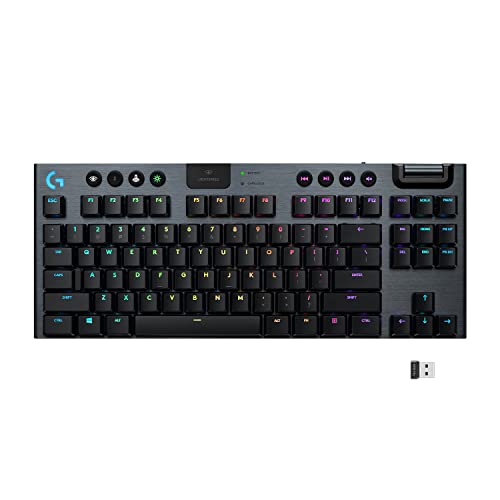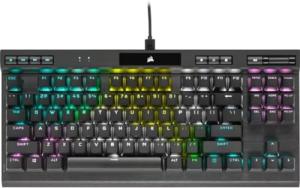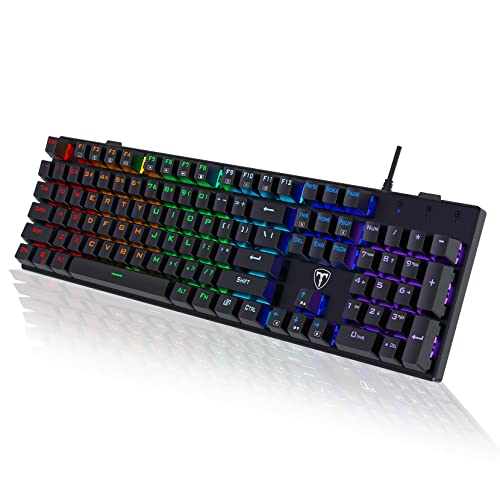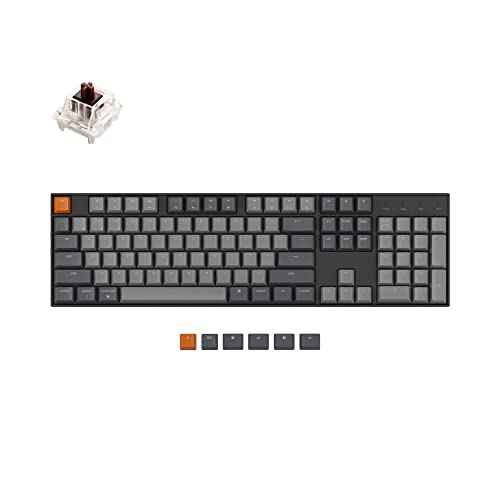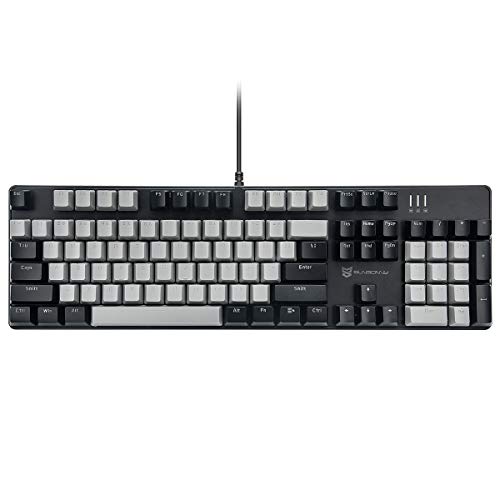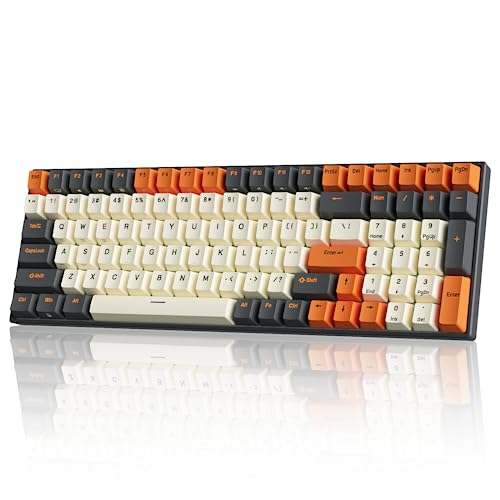If you’re diving into the world of mechanical keyboards, you’re probably wondering where to start. No worries! Getting going with mechanical keyboards is easier than you think, and knowing about mechanical keyboards compatibility helps a ton. First things first: what’s a mechanical keyboard? It's a keyboard that uses individual mechanical switches for each key, giving you that satisfying click and feel while typing or gaming.
So, what do you need to consider for mechanical keyboards compatibility? Start with the connection type. Most keyboards plug in via USB, which works with just about any computer out there. If you're using a laptop, check that you have enough USB ports. Some keyboards even offer Bluetooth options if you prefer a wireless setup.
Next, keep an eye on the layout. Keyboards come in various sizes, like full-size, tenkeyless, and compact layouts. Make sure you know how much desk space you have. If you go for a full-size keyboard, you’ll get the number pad, which is great for typing numbers. But if you’re tight on space or need something portable, a compact option could be your best bet.
Switch types play an essential role too. Mechanical keyboards have different types of switches that affect how they feel and sound. If you enjoy a clicky sound, go for Blue switches. For a quieter experience, Browns or Reds are your go-to. Trying out different switches in-store can help you pick your favorite.
Lastly, check out the keycap compatibility. If you ever want to customize your keyboard, different keycap sets fit different switches. Most mechanical keyboards use standard sizes, but a quick look at the specs will save you from any surprises later. With this understanding, you’re ready to find a mechanical keyboard that fits your needs perfectly.
Key Features to Consider for Compatibility
When diving into the world of mechanical keyboards, understanding mechanical keyboards compatibility is key. It’s not just about picking the coolest design or the loudest switches; you want to make sure it fits well with your setup. Here are some important features to consider:
By keeping these features in mind, you’ll ensure that your new mechanical keyboard not only feels good to use but also fits seamlessly into your current setup. No one wants to deal with compatibility headaches later on.
Logitech G915 TKL Wireless RGB Mechanical Keyboard
Experience top-notch performance and customizable lighting in a sleek, compact design
Product information
$199.95
Product Review Score
4.58 out of 5 stars
91 reviewsProduct links
Connecting Your Mechanical Keyboard to Devices
If you’re going the wired route, just grab your USB cable and plug it into your computer or laptop. It’s as simple as that! No need for extra drivers or anything fancy. Your device will recognize the keyboard right away, and you’ll be ready to type in seconds. This is a solid choice if you want minimal lag and a stable connection. Plus, you won’t have to worry about battery life!
On the flip side, if you have a Bluetooth mechanical keyboard, things get even more convenient. You can pair it with tablets, smartphones, or any Bluetooth-enabled device. Just switch on the keyboard, put it in pairing mode (usually by holding a specific key), and find it in your device's Bluetooth settings. It’s super easy! Just remember, while Bluetooth gives you great flexibility, you might need to charge it from time to time.
When considering mechanical keyboards compatibility, it’s good to check if your keyboard supports multiple devices. Some models let you switch between a PC, tablet, and phone with just a press of a button. That’s perfect if you use different devices and don’t want to fuss around with connections all the time.
Keep in mind the system requirements too. Most mechanical keyboards work with Windows and Mac, but double-check if your keyboard is compatible with your favorite operating system. This small step can save you a lot of headaches down the road!
CORSAIR K70 RGB TKL Mechanical Gaming Keyboard
Experience responsive gaming with customizable RGB lighting and durable features designed for peak performance
Product information
Product Review Score
4.3 out of 5 stars
108 reviewsProduct links
Troubleshooting Common Compatibility Issues
Getting your mechanical keyboard to work seamlessly with your devices is usually pretty smooth, but sometimes you might run into a few bumps along the way. Don’t worry! Most compatibility issues are easy to fix if you know what to look for. Let's dive into some common problems and how to tackle them.
First off, check if your keyboard uses a USB connection or Bluetooth. If it’s USB, make sure it’s plugged into a compatible port. Sometimes, older systems might have trouble recognizing newer keyboards. If you’re using Bluetooth, ensure your keyboard is in pairing mode and that your device’s Bluetooth settings are turned on. You’d be surprised how often this can trip people up!
If you’re using special features like programmable keys or backlighting, make sure your keyboard has the right software installed. Many brands have their own programs that help configure these features. Without the software, you might miss out on the full capabilities of your keyboard. It’s like having a fancy car with no gas—you need the right stuff to make it run smoothly!
Sometimes, it’s all about drivers. If your keyboard isn’t responding at all, check if your device needs a driver update. This is especially true for gaming keyboards that come with specific functions. Simply go to the manufacturer’s website and download the latest drivers. Just a few clicks can solve many headaches.
Lastly, remember to check for any physical issues. Make sure your keyboard isn’t stuck or covered in dust; it happens to the best of us! Cleaning the connectors and ensuring there’s no debris can fix minor connectivity issues. With these tips, you should be well on your way to enjoying your mechanical keyboard to the fullest, with smooth mechanical keyboards compatibility.
